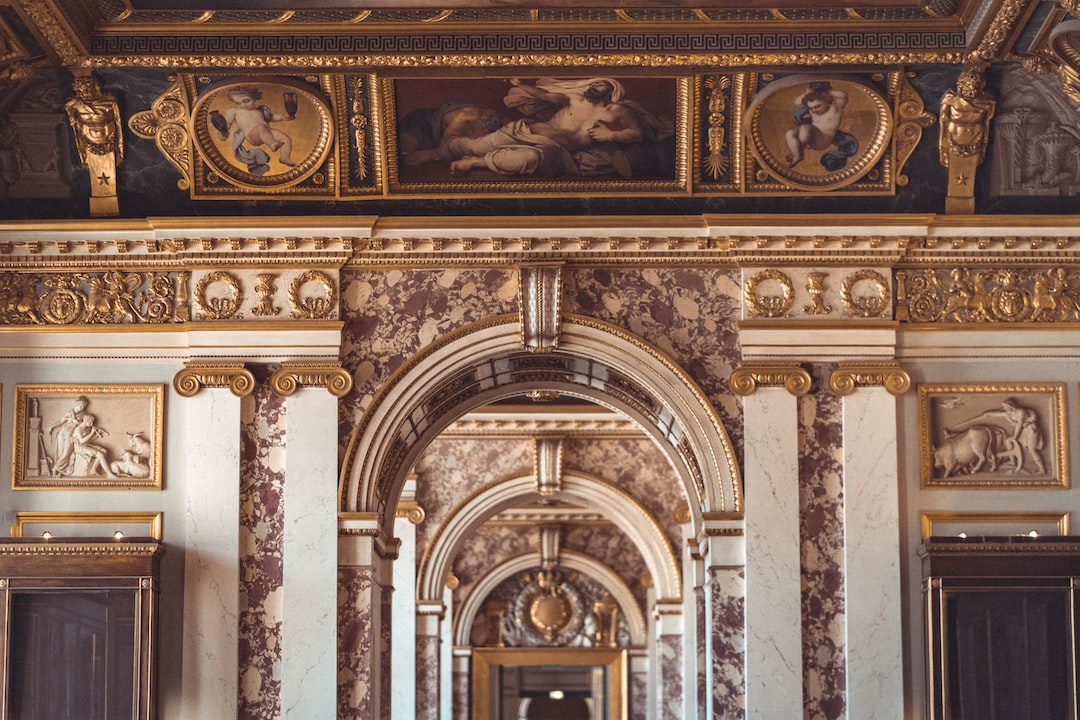Pop art is a movement that emerged in the mid-1950s in Britain and later gained significant prominence in the United States during the 1960s. It was heavily influenced by the burgeoning consumer culture and mass media of the time, resulting in vibrant artworks that celebrated popular culture and everyday objects. The movement sought to bridge the gap between high and low art by incorporating elements of advertising, comic books, and mundane objects.
One of the most recognizable characteristics of pop art is its bold and vivid color palette. Artists such as Andy Warhol, Roy Lichtenstein, and Claes Oldenburg embraced the use of bright, eye-catching colors to capture the attention and engage the viewer. These colors were often exaggerated and intensified to create a visually striking effect. The vibrant hues used in pop art not only reflected the exuberant spirit of the movement but also allowed artists to emphasize the artificiality and commercialization of consumer culture.
Pop art also reveled in the world of pop culture, which was rapidly expanding during the 1960s. It celebrated and critiqued the proliferation of mass media, consumer goods, and popular icons. Artists like Roy Lichtenstein created paintings that mimicked the style of comic book panels, using bold outlines, Ben-Day dots, and primary colors to replicate the visual language of popular print media. Through these works, Lichtenstein explored the relationship between art and mass-produced imagery, elevating the ordinary to the status of fine art.
Another aspect of pop art’s fascination with pop culture is the depiction of celebrities and popular figures. Andy Warhol, a leading figure in the movement, became renowned for his iconic portraits of Marilyn Monroe, Elvis Presley, and other famous individuals. He used repetition and mass production techniques to convey the notion of celebrity as a commodity. Warhol elevated these figures to the realm of art, while simultaneously critiquing the celebrity-obsessed culture that idolized them.
Aside from famous personalities, pop art also found inspiration in everyday objects and consumer goods. Claes Oldenburg, for instance, created sculptures that were oversized replicas of food items, typewriters, and household objects. By enlarging these objects to monumental proportions, Oldenburg aimed to redefine their meaning and significance in a consumer-driven society. His work challenged the distinction between art and non-art, blurring the boundaries between high culture and everyday life.
The vibrant world of pop art continues to captivate audiences and influence contemporary culture. Its innovative use of color, exploration of popular culture, and engagement with ordinary objects have left an indelible mark on the art world. Pop art’s bright colors and pop culture references have inspired countless artists over the years, giving rise to new movements such as neo-pop and street art. Moreover, the movement’s visual language has found its way into fashion, graphic design, and advertising, making pop art an enduring force in the creative sphere.
In conclusion, pop art is a vibrant and dynamic movement that celebrates popular culture and everyday objects. Its use of bold and vivid colors, along with its exploration of pop culture and engagement with mundane items, has made it an enduring force in the art world. The movement continues to inspire artists and influence contemporary culture, further cementing its place as a beloved and iconic style.

